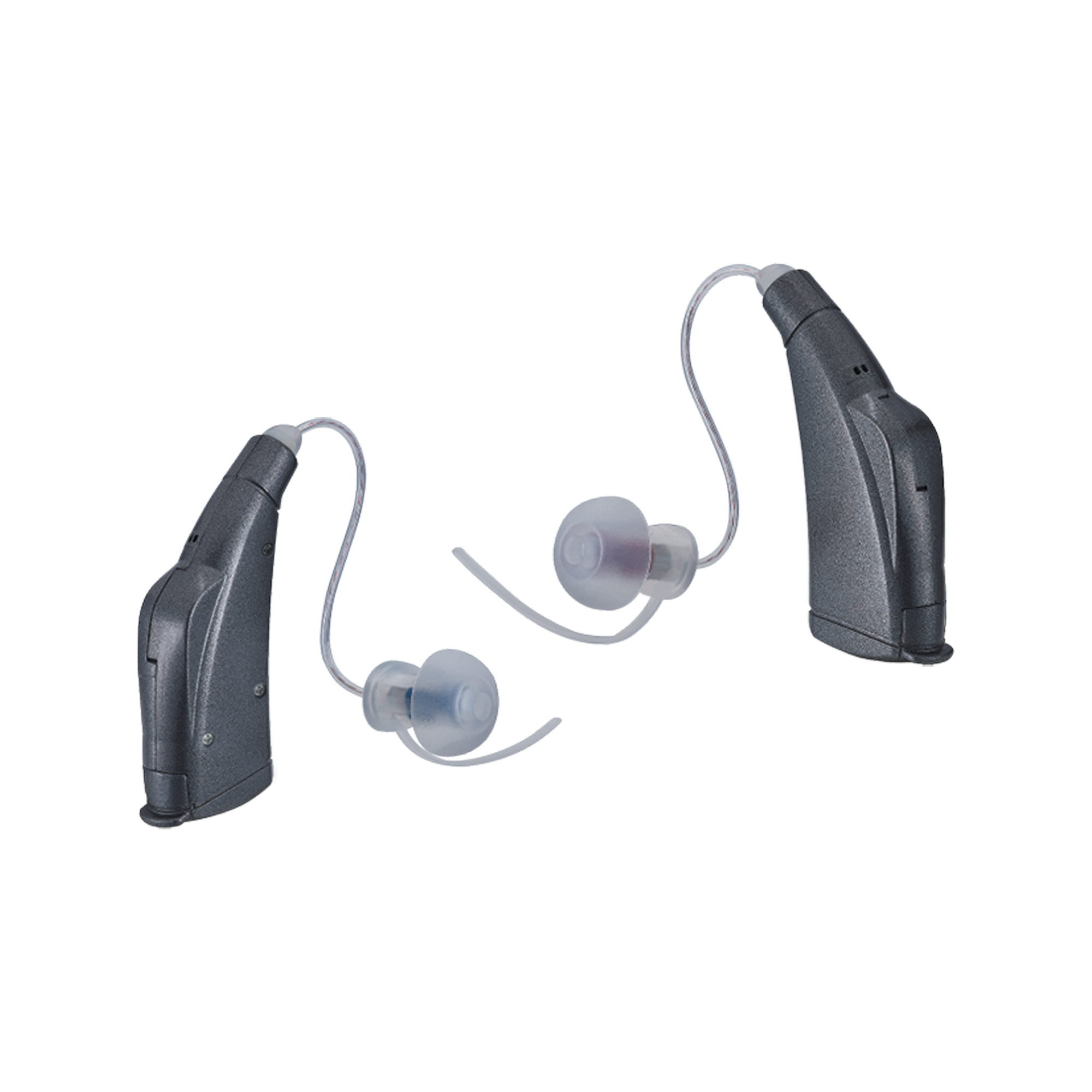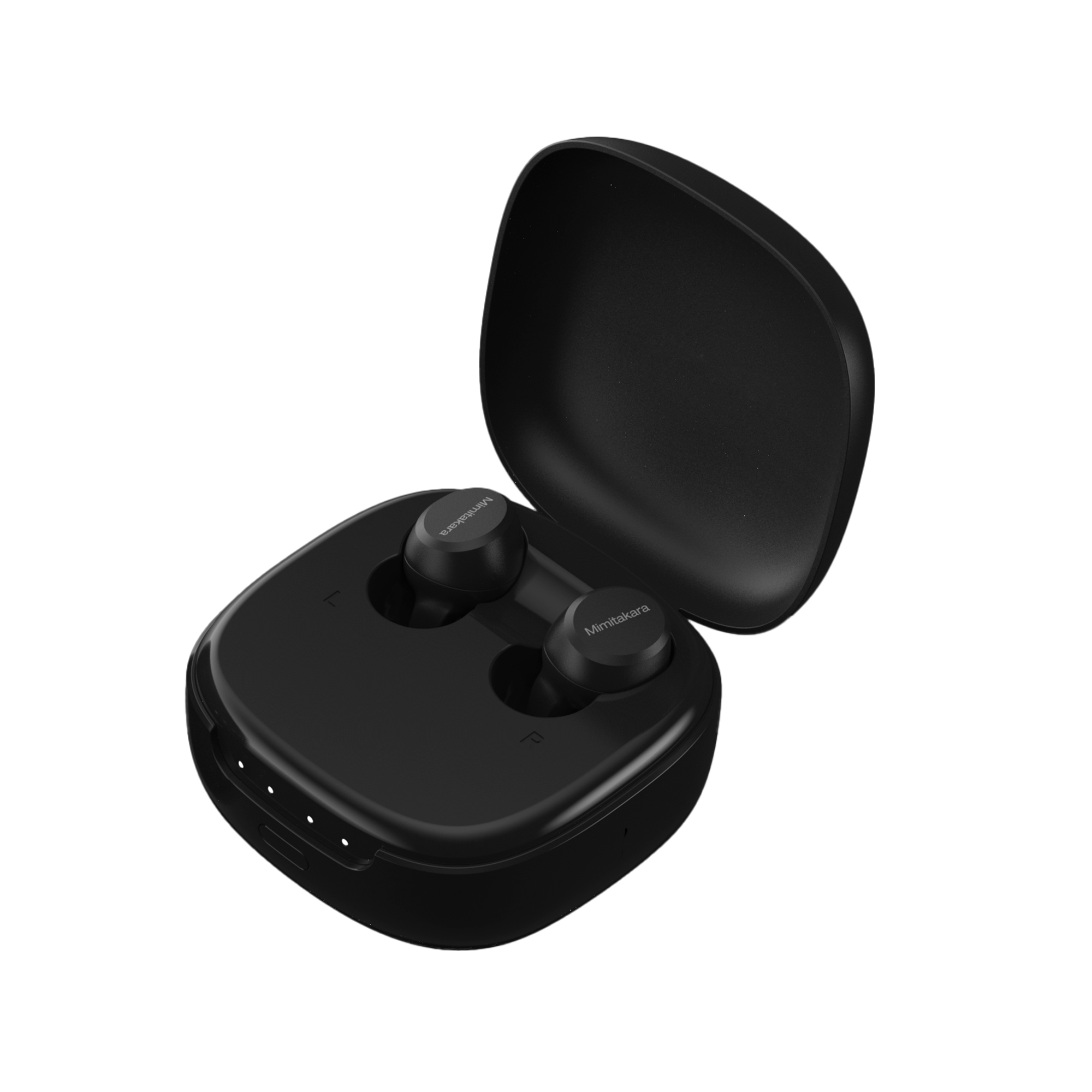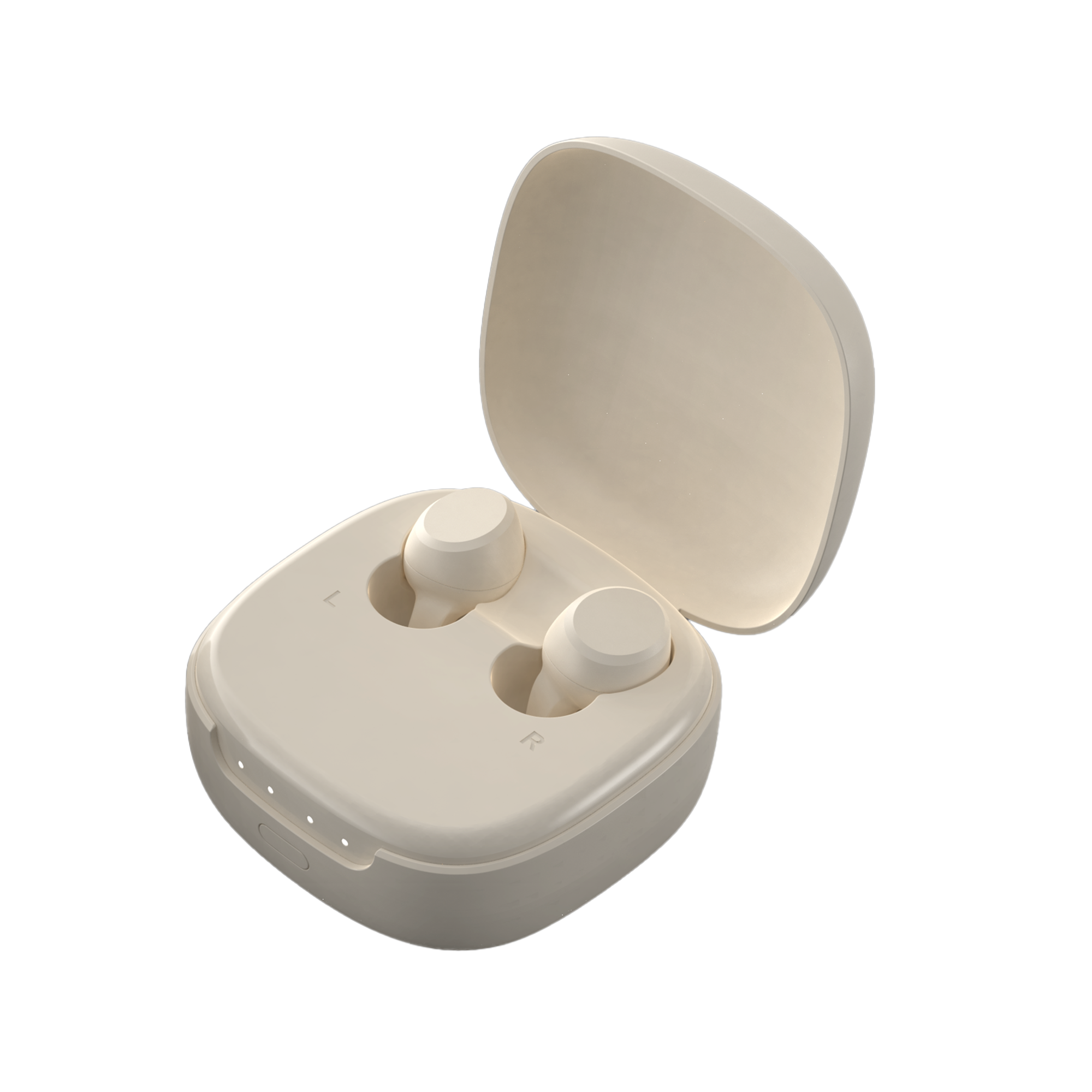With the FDA's 2022 approval of over-the-counter (OTC) hearing aids, a growing number of Americans now have direct access to hearing solutions without the need for a medical exam, hearing test, or prescription. But with greater accessibility comes an important question: are OTC hearing aids just as good as prescription hearing aids?
In this guide, we’ll explore the key differences, benefits, and considerations when comparing OTC and prescription hearing aids. We’ll also help you determine which type might be best for your lifestyle, hearing profile, and budget.
What Are OTC Hearing Aids?
OTC hearing aids are FDA-regulated hearing devices that can be sold directly to consumers without professional involvement. They are specifically designed for adults (18 and older) with perceived mild to moderate hearing loss.
Features:
- Available online and in stores
- No hearing exam or prescription required
- Adjustable volume and tone settings
- Typically paired with mobile apps for customization
Benefits:
- Lower cost ($300–$1,000 per pair)
- Immediate access
- Easy to try and return with flexible trial periods
Limitations:
- Not suited for severe hearing loss
- Limited support or fitting help
- May require some tech confidence for setup and use

What Are Prescription Hearing Aids?
Prescription hearing aids are medical devices fitted and adjusted by licensed audiologists. They are personalized to your unique hearing loss through an audiogram and typically offer more advanced features.
Features:
- Custom programmed using professional hearing tests
- Real-ear measurements to ensure ideal fit
- Follow-up appointments and support included
- Greater variety of styles and technologies
Benefits:
- Ideal for mild to profound hearing loss
- More precise sound enhancement
- Better noise reduction and speech clarity
- Ongoing professional care and counseling
Limitations:
- Higher cost ($2,000–$7,000 per pair)
- Requires appointments and time
- May be unaffordable or inaccessible for some

Feature Comparison: OTC vs. Prescription Hearing Aids
| Feature | OTC Hearing Aids | Prescription Hearing Aids |
| Availability | Online/in-store, no appointment | Audiologist or hearing clinic |
| Cost | $300–$1,000/pair | $2,000–$7,000/pair |
| Hearing Test Required | No | Yes |
| Custom Fit | Self-fit via app/manual | Clinically customized |
| Support & Adjustments | Limited or app-based | In-person follow-ups |
| Hearing Loss Range | Mild to moderate | Mild to profound |
| Advanced Features | Limited | Yes (feedback control, Bluetooth, etc.) |
| Trial Period | Often 30–90 days | Varies by provider |
| Insurance or Medicare Cover | Rarely | Sometimes (depends on plan) |
How Do You Know If You Have Mild to Moderate Hearing Loss?
OTC hearing aids are meant for individuals with perceived mild to moderate hearing loss—but what does that mean?
Common signs include:
- Struggling to hear in noisy places
- Asking others to repeat themselves often
- Turning up the TV volume
- Having trouble following group conversations
If you experience any of the above, you may be a candidate for OTC hearing aids. However, it’s always a good idea to get a hearing test (audiogram) to ensure your hearing profile fits the device’s capabilities.
Note: OTC devices are not suitable if you:
- Are under 18
- Have severe or sudden hearing loss
- Experience dizziness, ear pain, or drainage
- Hear better in one ear than the other
Use Cases: When OTC Devices Work Well
OTC hearing aids can be life-changing for those who:
- Need a budget-friendly solution
- Are tech-savvy and comfortable with self-adjustments
- Want a quick way to improve clarity in social or work settings
- Don’t require full-time hearing aid use
Example: Mary is a 62-year-old retiree who enjoys social events and TV. She notices some difficulty hearing conversations at dinner parties but does fine at home. She tries an OTC device and finds that it enhances her clarity without the need for appointments or a hefty investment.
Use Cases: When Prescription Is Worth It
Prescription devices are often better for individuals who:
- Have complex or progressive hearing loss
- Use hearing aids all day, every day
- Want discreet, behind-the-ear or in-the-canal models
- Need help navigating technology or setup
Example: James, a 55-year-old engineer, was diagnosed with moderate to severe hearing loss in both ears. His audiologist created a personalized treatment plan using programmable hearing aids with Bluetooth streaming and directional microphones, which greatly improved his quality of life at work and home.
Do OTC Hearing Aids Really Work?
Yes—for the right person and when used appropriately. According to recent clinical studies and consumer reports:
- 70% of OTC hearing aid users experienced noticeable improvement in speech understanding
- Most found them easier to adjust after a short learning curve
- Users emphasized the importance of choosing a reputable brand with good customer support
Tip: Start slow with OTC devices—wear them in familiar environments before using them in noisy or complex settings. Adjust volume gradually to avoid discomfort.
Key Factors to Consider Before Buying
1. Lifestyle Needs
Are you mostly in quiet or noisy environments? Do you need Bluetooth streaming, rechargeable batteries, or sweat resistance?
2. Dexterity & Vision
Can you handle small batteries or app controls? Some users prefer larger models or voice-adjusted settings.
3. Hearing Goals
Is your priority improving speech clarity, background noise reduction, or both? Not all OTC models offer advanced filtering or directional audio.
4. Return Policy & Warranty
Always choose a model with at least a 30-day trial. Check for replacement parts and customer support options.
5. Your Budget
OTC hearing aids are a great entry point, but don’t sacrifice quality for price. Some prescription-level brands now offer hybrid OTC options.

Hearing Aid Technology: A Quick Primer
Whether OTC or prescription, today’s hearing aids come with powerful features:
- Digital Sound Processing: Amplifies speech and reduces noise
- Directional Microphones: Focus on voices in front of you
- Feedback Cancellation: Reduces whistling sounds
- Bluetooth Compatibility: Connect to smartphones or TVs
- Rechargeable Batteries: No need for disposables
The Future of OTC Hearing Aids
As technology improves, OTC hearing aids are becoming more sophisticated. In the near future, expect features like:
- AI-based sound adjustments
- Personalized tuning using hearing tests via mobile apps
- Integration with health tracking apps for holistic care
Major manufacturers and health tech startups are investing in this space, making OTC aids more competitive each year.
Final Thoughts: OTC vs. Prescription — Which Should You Choose?
There’s no universal answer. The best hearing aid is the one that meets your needs, fits your lifestyle, and improves your ability to connect with others.
Choose OTC if:
- You have mild/moderate hearing loss
- You’re comfortable managing devices
- You want an affordable, accessible solution
Choose Prescription if:
- You have complex or significant hearing loss
- You value expert guidance and support
- You need long-term fine-tuning and device personalization
Most importantly: Take the first step. Whether that means buying an OTC device or scheduling a hearing test, protecting your hearing health today will enhance your quality of life tomorrow.
















